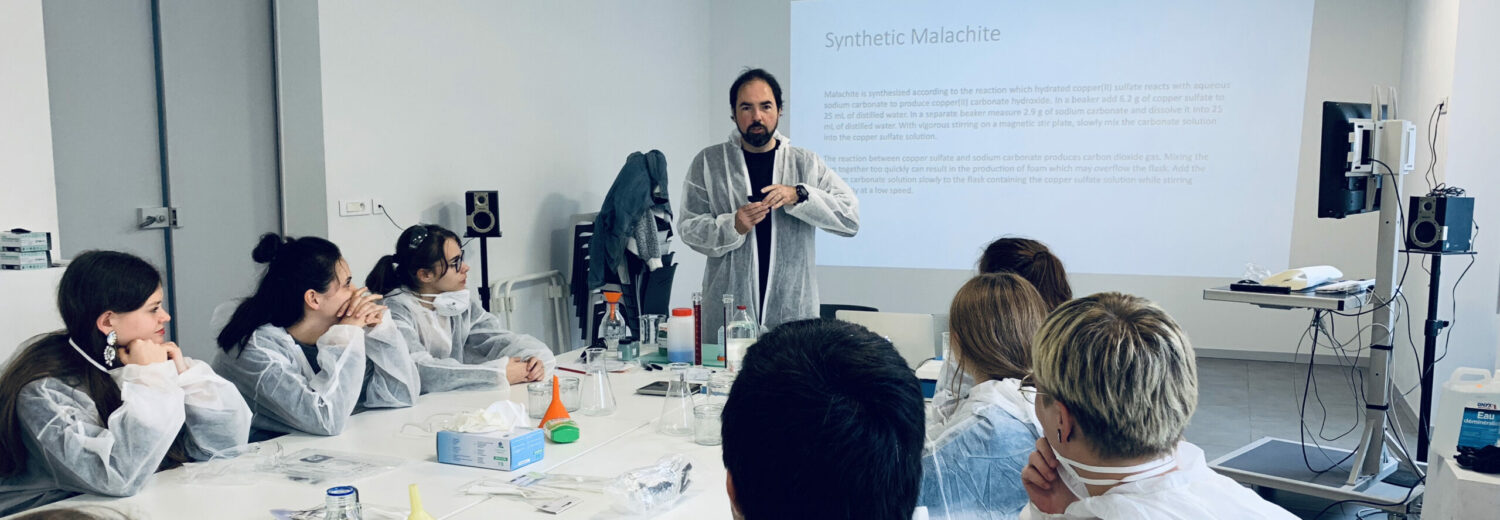Each bion was initially realized through a 3-D Computer Aided Design model. This digitally produced file was then output to a CNC (computer numerical controlled) machine, where an aluminum mold was made, creating an infinitely reproducible object via the rapid injection molding process. Each of the 1000 bions is outfitted with custom circuits and Atmel Mega8 microcontrollers that are suspended by fine gage wire connected to panels that are attached to the ceiling.
Communication and visitor proximity sensing is performed using a set of infrared transceivers (not unlike the technology used for television remote controls). Because this mode of communication is local, a broadcasting model for global communication is used. Here, messages that are received by individual sensor nodes are rebroadcast to the local neighbors. This process is repeated until the message propagates throughout the network. All sensor nodes are identical in their implementation. However, when a node comes in contact with a visitor to the installation, it asserts itself as the network’s “interface” to that visitor. As the interface, this node is responsible for originating the set of messages that are used by the network to produce the coordinated response to the visitor.
